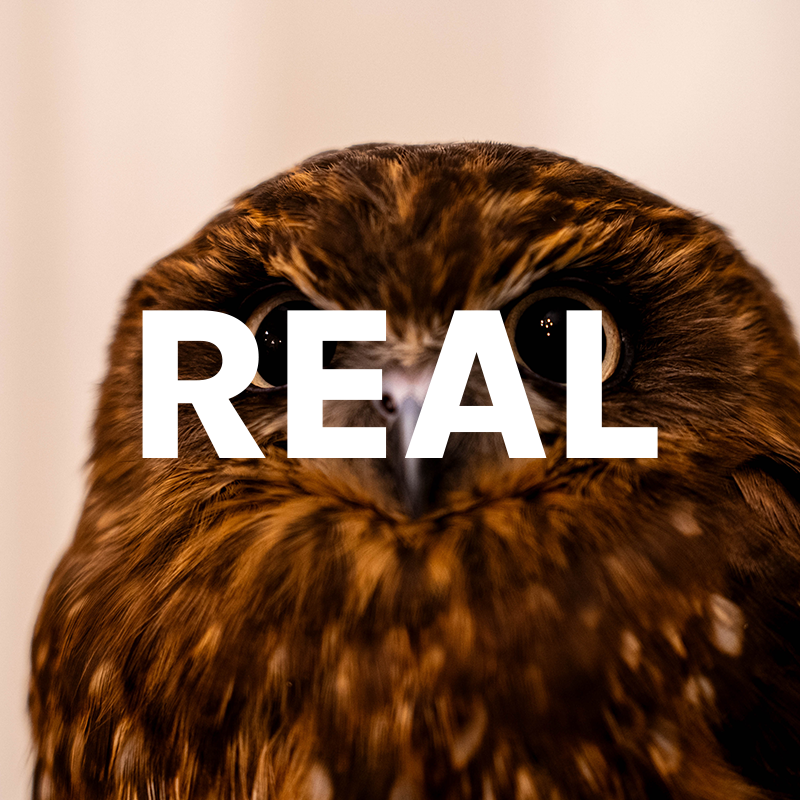While news reports have focused on AI-generated content’s potential for harm and misinformation, AI image generators have captured the public’s attention and imagination. More and more, social media feeds have been featuring imaginings of favorite book settings and characters and even helping people develop professional AI headshots. The prevalence of synthetic media (visual, auditory, or multimodal content that has been artificially generated or modified using AI) is undeniable and requires us to approach any media with a more discerning eye.
Although generative AI technology can boost productivity and bolster creativity, its ubiquity and ease of use has made it easier to manipulate and generate harmful content. Many people are vulnerable to the misuses of generative AI, such as women and children, and everyday people trying to access accurate information regarding important topics such as politics. For many people, it can be difficult to decipher what is real and what is AI generated/altered.
As you gather with friends and family for celebrations over the coming months, complement board games with a quiz to test your AI detection skills.
Can you spot the real and fake images below?
Hover or tap the images to reveal which are fake and which are real.
Thanksgiving turkey


Superb Owl


Floatin’ Friends


Autumn Foliage


Auntie Susan


Majestic Bird


Family Feast


Furry Friend


Black Friday Shopping


Super Saiyan Float


A Meal for All


Responsible Practices for Synthetic Media
Because detection of AI generated content is difficult, AI system developers must take care to mitigate risks of harm and misuse. PAI’s Synthetic Media framework was created to help address this challenge in AI. Intended for those creating synthetic media technology and tools for creating, sharing, and publishing synthetic media content, the Framework builds on PAI’s work over the past four years with industry, civil society, media/journalism, and academia. The Framework focuses on specific actions AI developers and distributors can take such as direct and indirect disclosure, receiving informed consent, and avoiding the distribution of unattributed content. Although organizations are taking measures to mitigate the risks of generative AI it is important for people to learn to decipher what is real and what is fake.
How to Spot an AI Image
So how do we spot an AI image? It may be trickier than you might think! Below are some ways you can detect whether or not an image is AI generated.
- Look for inconsistencies in details
- Check for anomalies in hands, ears, and eyes, which AI often struggles to generate.
- Check for background distortions, inconsistencies, or nonsensical placement of objects.
- Focus on text, patterns, and texture
- AI generated images often have distorted or nonsensical text/characters. This can appear as illegible writing or odd symbols in place of text.
- Odd arrangement of hair, fabrics, or placement of patterns can also be an obvious sign of AI generated images.
- Smooth skin textures or very detailed textures from a distance can also indicate an image has been AI generated or altered.
- Inspect colors, lighting, and shadows
- Bright and vibrant colors are common in AI generated images.
- Inconsistencies in lighting and irregularities in shadow placement can also appear in AI generated images.



![$hero_image['alt']](https://partnershiponai.org/wp-content/uploads/2024/11/thanksgiving-turkey-1800x832-1.png)